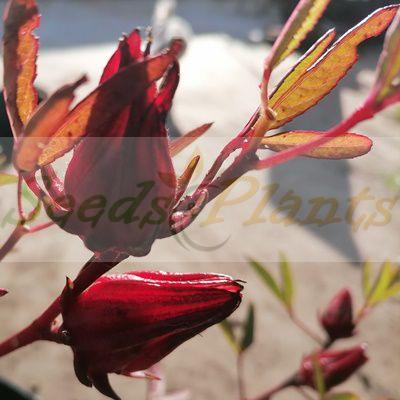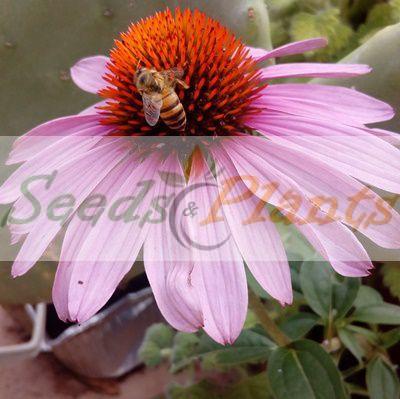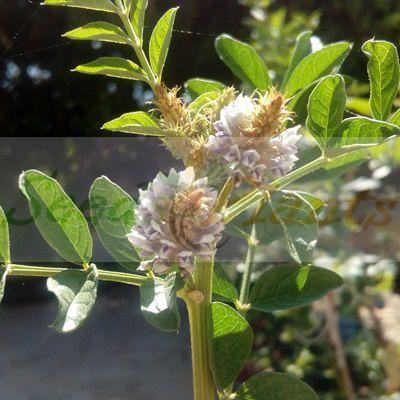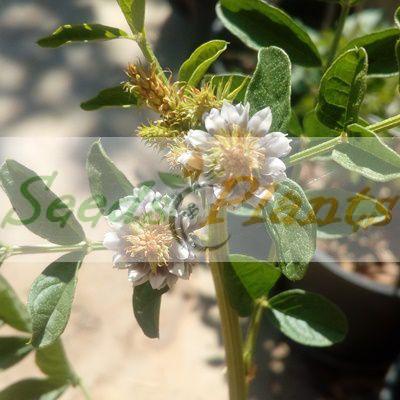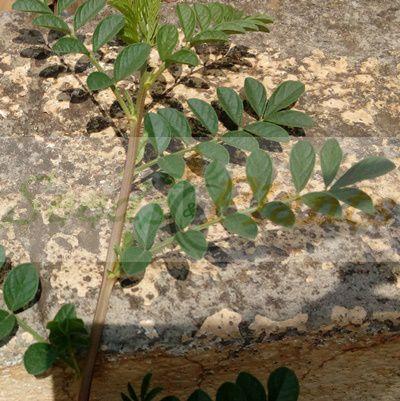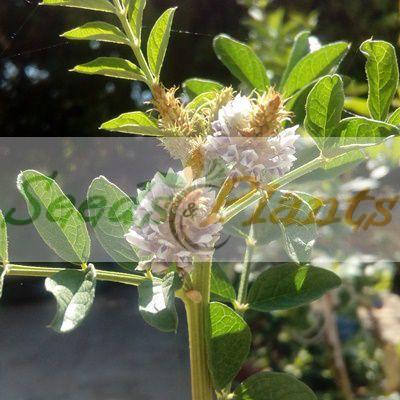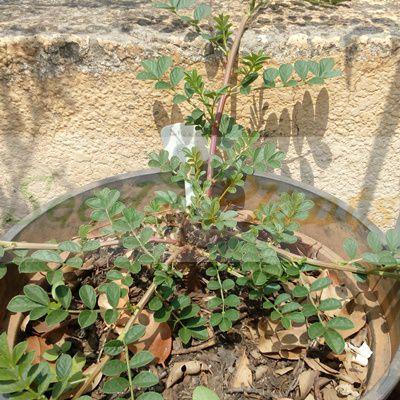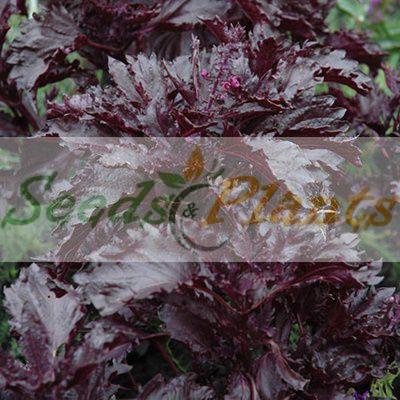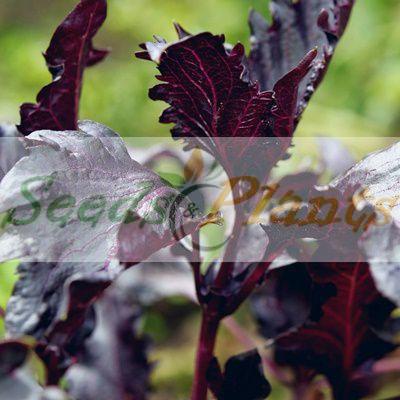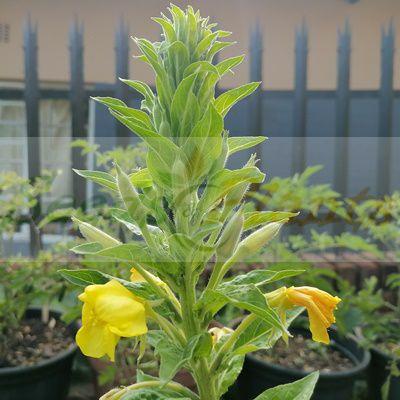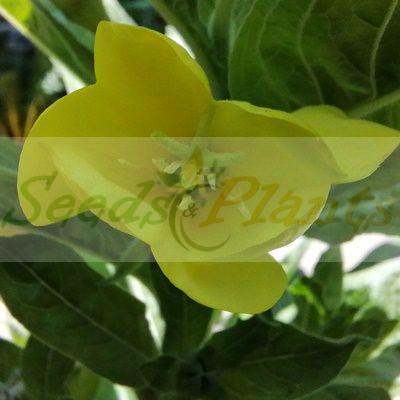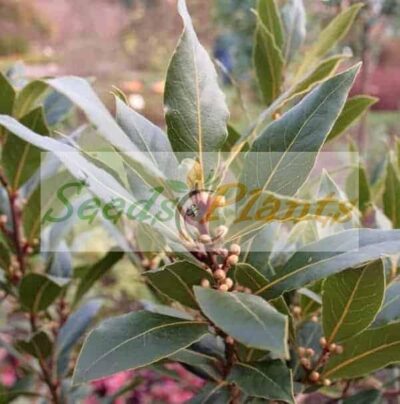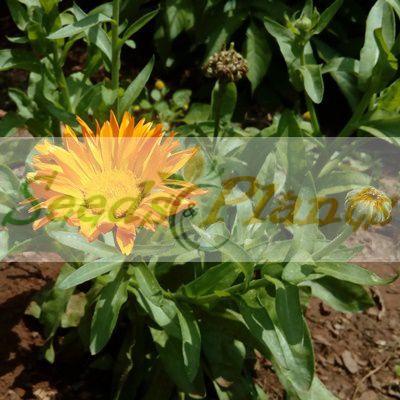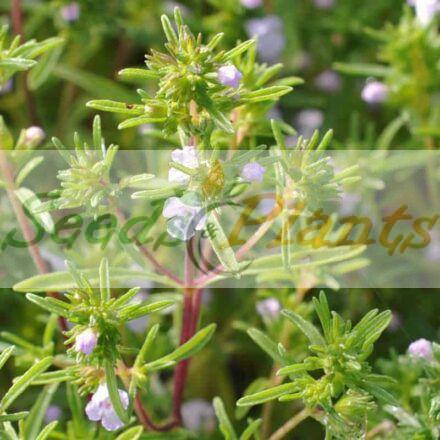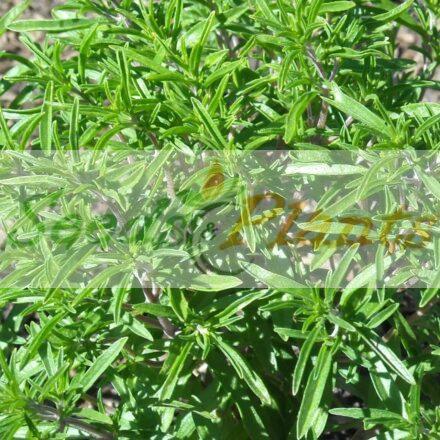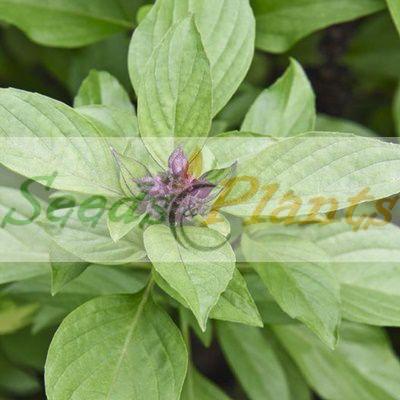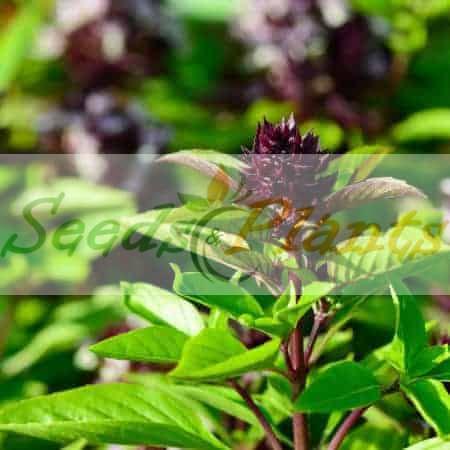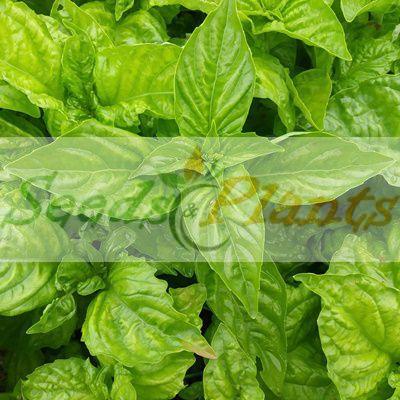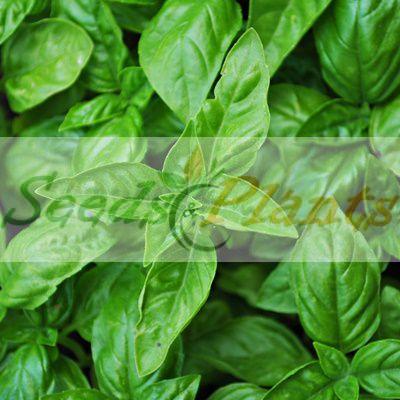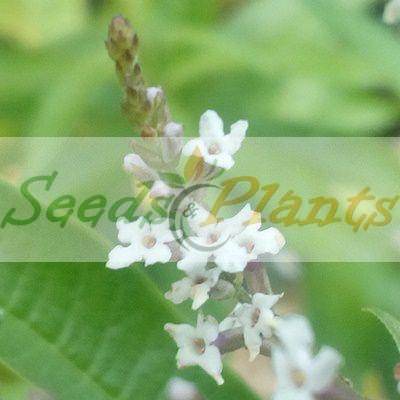🌿 Herbal Quick Facts
Medicinal Info
- 🌍 Origin / Region: Central Asia, Mediterranean, North Africa, Southern Europe, Western Asia
- 🌿 Medicinal Part: Rhizome, Root
- 🍵 Herbal Preparation: Extract / Tincture, Infusion / Tea, Ointments/Creams, Powder
- ⚕️ Healing System: Ayurvedic System of Medicine, Chinese Traditional Medicine, European Traditional Medicine, Siddha System of Medicine, Unani System of Medicine
Culinary Info
- 🍽️ Culinary Use: Beverages/Teas, Flavoring, Sweetener
- 🥗 Edible Part: Root
- 😋 Flavor Profile: Licorice, Sweet
Growth Traits
- 🌱 Life Cycle: Perennial
- 🦋 Pollinator Method: Attracts Bees, Attracts Butterflies, Attracts Moths
- 🪴 Growth Habit: Clumping, Upright
- 🌸 Flower Color: Lilac
Growing Requirements
- 🌞 Sun Exposure: Full Sun, Partial Shade
- 💧 Water Needs: Avoid Overwatering, Moderate Water, Water Deeply
- ☀️ Growing Conditions: Drought Tolerant, Heat Tolerant, Moderate Cold Tolerance, Moderate Frost Tolerance
- 🟤 Soil Preference: Deep, Fertile, Moist, Sandy, Silty, Well-Drained
Liquorice Root Plant – 5 Seeds
(Glycyrrhiza glabra)
R50.00
Liquorice Root Plant is a perennial herb used in flavoring, confection and as a medicinal plant.
Common Names: Black Sugar, Common licorice, Licorice, Liquorice , Mulaith and Sweet Root.
Indoor Sowing: Cold Stratification and then transplant when big enough.
Direct Sowing: Autumn and Winter.
In stock
🌿 Herbal Quick Facts
Medicinal Info
- 🌍 Origin / Region: Central Asia, Mediterranean, North Africa, Southern Europe, Western Asia
- 🌿 Medicinal Part: Rhizome, Root
- 🍵 Herbal Preparation: Extract / Tincture, Infusion / Tea, Ointments/Creams, Powder
- ⚕️ Healing System: Ayurvedic System of Medicine, Chinese Traditional Medicine, European Traditional Medicine, Siddha System of Medicine, Unani System of Medicine
Culinary Info
- 🍽️ Culinary Use: Beverages/Teas, Flavoring, Sweetener
- 🥗 Edible Part: Root
- 😋 Flavor Profile: Licorice, Sweet
Growth Traits
- 🌱 Life Cycle: Perennial
- 🦋 Pollinator Method: Attracts Bees, Attracts Butterflies, Attracts Moths
- 🪴 Growth Habit: Clumping, Upright
- 🌸 Flower Color: Lilac
Growing Requirements
- 🌞 Sun Exposure: Full Sun, Partial Shade
- 💧 Water Needs: Avoid Overwatering, Moderate Water, Water Deeply
- ☀️ Growing Conditions: Drought Tolerant, Heat Tolerant, Moderate Cold Tolerance, Moderate Frost Tolerance
- 🟤 Soil Preference: Deep, Fertile, Moist, Sandy, Silty, Well-Drained
Liquorice Root Plant Seeds. Liquorice Root Plant, (Glycyrrhiza glabra) is a perennial herb of the pea family (Fabaceae), and it is used in flavoring, confection, and folk medicine made from its roots. Licorice is similar to anise (Pimpinella anisum) in flavor; both plants are somewhat sweet and slightly bitter. The Greek name glykyrrhiza, of which the word licorice is a corruption, means “sweet root.” Native to southern Europe, licorice is mainly cultivated around the Mediterranean and in parts of the United States.
It is a perennial herb that grows to over a meter tall. It is cultivated for its roots. Roots grow 1 – 1.2 m deep and can extend to 10 m in a deep, permeable soil. Growing licorice in container is however also possible.
The roots used are about 1 metre long and about 1 cm in diameter. They are soft, fibrous, and flexible and are colored bright yellow inside. The distinctive sweetness of licorice is imparted by a substance called glycyrrhizin.
Liquorice Root Plant Medicinal Benefits
- Licorice is an ingredient in cough lozenges, syrups, and elixirs.
- It is a flavoring agent in candies and tobacco.
- The roots are ground and then boiled to form a juice; the pliable stick form of licorice candy, also called licorice paste or black sugar, is processed from this thickened juice.
- Licorice root is used to soothe gastrointestinal problems.
- In cases of food poisoning, stomach ulcers, and heartburn, licorice root extract can speed the repair of stomach lining and restore balance. This is due to the anti-inflammatory and immune-boosting properties of glycyrrhizic acid.
- Licorice has been used in traditional Chinese medicine and other natural practices for centuries.
- Glycyrrhizin, liquiritigenin, and glabridin are just some of the active substances in licorice that have powerful antiviral properties.
- Test-tube studies demonstrate that licorice root extract is effective against HIV, RSV, herpes viruses, and severe acute respiratory syndrome-related coronavirus (SARS-CoV), which causes a serious type of pneumonia.
Growing Liquorice Root Plant
Indoor Sowing: Cold Stratification and then transplant when big enough.
Direct Sowing: Autumn and Winter.
- For indoor Sowing, first cold stratify the seeds for 30 days.
- After the cold stratification period, soak the seeds for at least 24 hours in lukewarm water.
- Then sow seeds in seed starting mix. Sow the seeds at a depth of 1/2 inch.
- Cover the seeds with soil and keep it evenly moist until the seeds germinate.
- Optimum germination ranges around 20 C.
- Germination can take place anything from a few weeks to 1 year, so patience is required.
- Leave space of 2 feet between each plant.
- Licorice roots are ready for harvest after two years of planting.
- Harvest the plant in autumn.
- Extract the horizontal roots with a sharp spade and replant the plant so that it will regrow again.
- Preserve the main roots so as not to damage the plant.
Disclaimer
Medicinal Information:
All medicinal information on this website is for educational and informational purposes only and may not be construed as medical advice. The information is not intended to replace medical advice or treatment offered by healthcare professionals.
Seeds, Plants, Plant Cuttings, Geophytes and Dried Herbs:
In some countries and provinces, certain plants are deemed as invasive and are not allowed to be planted at all, whilst some plants are allowed to be grown only in certain areas or provinces. The onus is on you as the buyer to familiarize yourself with the regulations pertaining to your location, before purchasing any of our seeds, plants, plant cuttings, geophytes or dried herbs. We will not be held liable, should you purchase any seeds, plants, plant cuttings, geophytes or dried herbs. from us which are prohibited in your country or province.

